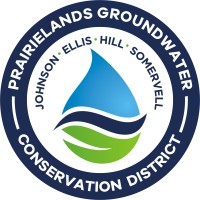
Data Coalition
The Data Coalition is an initiative of the non-profit Data Foundation. The membership-based initiative facilitates a strong national data community and advocates for responsible policies to make government data high-quality, accessible, and usable. The Data Coalition is an initiative of the non-profit Data Foundation. The membership-based initiative facilitates a strong national data community and advocates for responsible policies to make government data high-quality, accessible, and usable. The Data Coalition is registered as a nonprofit corporation in the District of Columbia and recognized by the Internal Revenue Service under section 501(c)(3) of the Internal Revenue Code.






